This shoe is versatile and practical, not afraid of snow slush, frost and damp. Snow boots are a great alternative to boots, felt boots or ugg boots that cannot handle the changing winter weather.
What it is?
Snowboats - This is a modern, practical winter shoe that looks like lace-up or velcro boots. The lower part of the shoe, the so-called galosh, is made of EVA - a light, durable and waterproof material. The upper part of the boots is usually sewn from an insulated membrane or nylon with water-repellent impregnation and synthetic insulation. Inside, snowboots are most often woolen. The insole is three-layer, it is she who is responsible for the warmth of the legs. The first layer removes cold, the second prevents the feet from sweating and getting wet, and the third (external) warms.
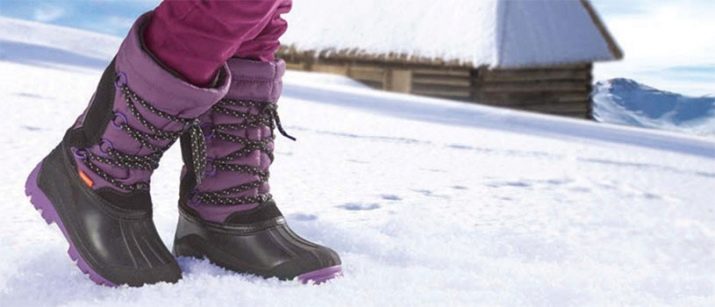
These shoes can be male, female and children's. Most often, snowboats do not look very stylish - voluminous, with a grooved rough sole, galoshes, but they are indispensable for long winter walks, sledding or snowmobiling. It is such shoes that will not let you get wet and freeze in warm winter weather, when “porridge” of snow and water forms on the roads.
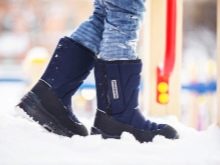


What weather are they designed for?
Snowboats are winter and demi-season. Winter models are designed for temperatures up to a maximum of -15 -20 degrees. Winter snow boots are most often membrane ones. These boots have a thick corrugated sole, a top made of waterproof fabric and wool insulation. The insole is also triple to provide maximum heat even in frost. In winter slush, such snowboats, as a rule, do not get wet.
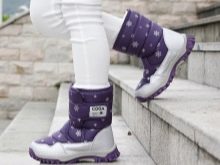
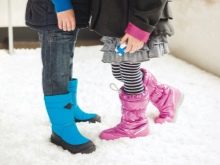

Shoes with EVA galoshes are more suitable for spring and autumn, since EVA material can harden in the cold. You can wear them at a temperature from +5 to -5. There are combined snowboots - made of EVA, genuine leather and wool as an internal insulation. Such models can be worn in winter in the cold.
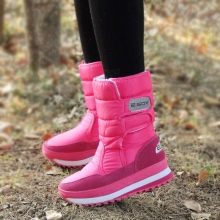
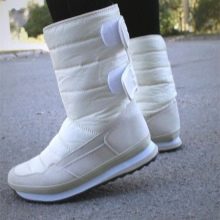
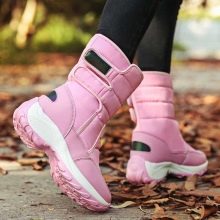
EVA warmed boots are not recommended for a long time to be worn indoors so that the feet do not sweat. According to the characteristics of manufacturers, this is possible due to the fact that the galoshes do not remove moisture out.
If, after a long stay in the room, go outside in such snowboots, then your legs will quickly freeze.
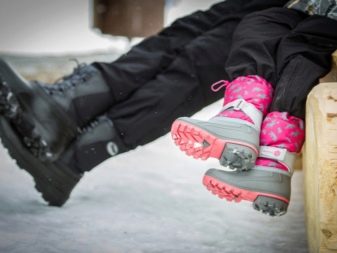
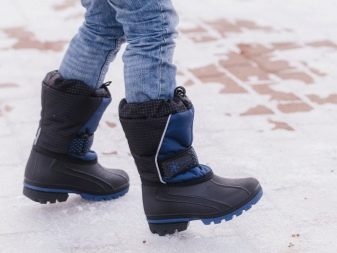
Advantages and disadvantages
Snow boots are a great alternative to felt boots and heavy leather shoes, especially for children. But shoes also have their drawbacks:
- not suitable for severe frost;
- the material does not breathe, so the legs may sweat indoors and freeze outside;
- high cost compared to boots and leather shoes;
- Suitable for outdoor activities and not for relaxing walks.
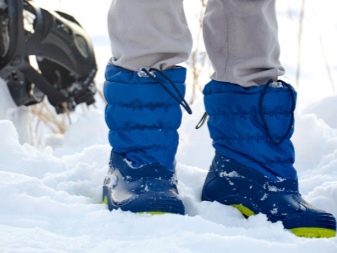
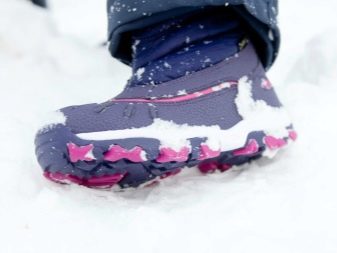
Despite these minor flaws, snowboots are very popular. This shoe has many advantages:
- waterproof;
- suitable for warm winters and slushy weather;
- light and durable;
- they are easy to care for - just wipe with a damp cloth.
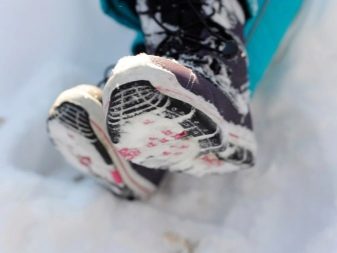
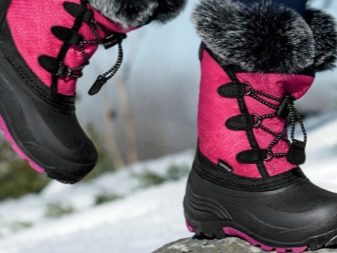
At all, EVA snow boots and shoes were created for winter hunting and fishing, then manufacturers began to add them to their everyday city collections. Therefore, such shoes may not look quite elegant or versatile. It will appeal to those who prefer an active lifestyle and sporty style.. This can be attributed to both pluses and minuses. Some manufacturers save on materials and make dutiks not from EVA, but from other similar materials that “stand up” in the cold and let water through. Their legs sweat and cool quickly.

Comparison with other types of shoes
WITHnoubs differ from dutiks in that the latter can be worn down to -30 degrees, depending on the manufacturer. And shoes with EVA elements are not suitable for great frost, it is better to wear them in the off-season or in warm winters with snowy porridge. Winter dutiks are much warmer than snowboots, as they have a thick sole, fur inside and an upper insulated with synthetic material.
Dutiks can be treated with a water-repellent compound, but it is not worth going through puddles.
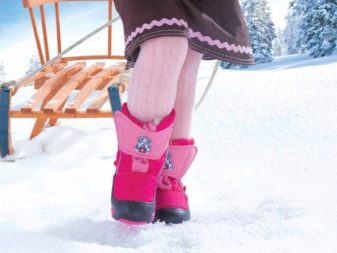
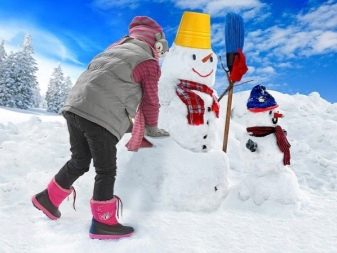
If you choose between boots and snow boots, then ideally, you need to have both pairs to wear felt boots in severe dry frost, and waterproof boots with EVA galoshes to slush. Genuine leather shoes for babies are needed only for a “way out”, since in such boots or boots with a long walk the legs will freeze. In this case, the snowboats win. What is better to choose with a wide variety of shoes - you decide.
If your budget allows, you should have several different pairs of winter shoes for any occasion.
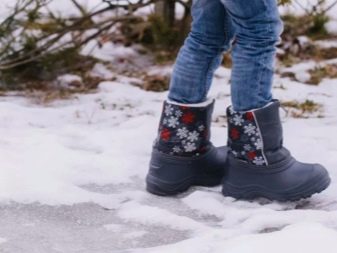
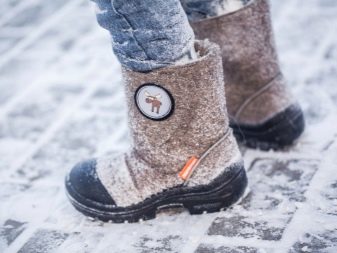
Manufacturers Overview
We have prepared a rating of the best snowboots for the winter and off-season from different manufacturers. Norwegian and Finnish brands are leading, for example, Reima and Viking - they have in their assortment both child and adult models of snow boots and membrane boots designed for the European winter (up to -15). With high activity of children, such shoes can also be worn at -20 -25 degrees.

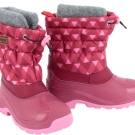
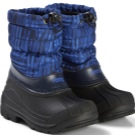

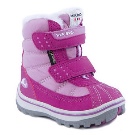
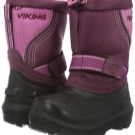
Snowboats are in second place Sorel - a classic among shoes of this kind. Female, male and children's models are designed for severe frost and slush. The top is made of EVA and genuine leather, the insulation is natural wool.
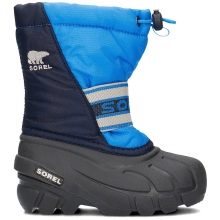
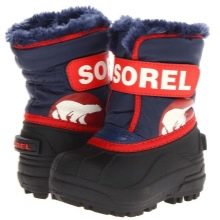
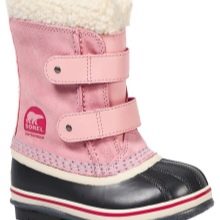
On the 3rd place is the Russian brand Nordman, which offers high-quality snow boots and membrane boots with insulation made of natural and artificial wool. Waterproof shoes have several advantages: lightweight, flexible, with comfortable Velcro closures.
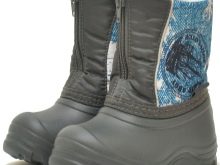
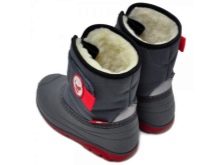
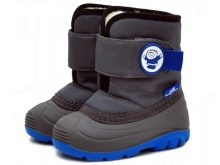
Kuoma - Finnish brand known to every parent. But in the assortment of the brand there are also adult models of warm winter shoes: waterproof membrane boots with vulcanized soles and thick insulation. Active children will be warm in them to -15 -20 degrees.
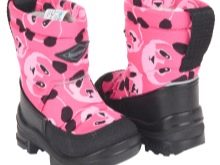
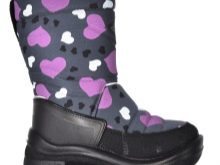
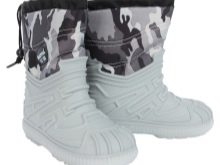
Another nominee for third place - Gusti. It is a well-known brand that produces warm waterproof shoes. Inside there is natural wool, the insole is also woolen, but not removable. Galosha - from modern non-slip TPR material. The temperature range is from -5 to -20 degrees, depending on the activity of the child and layers of clothing.
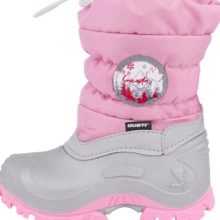
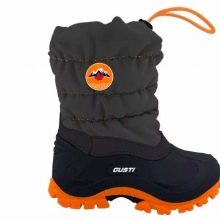
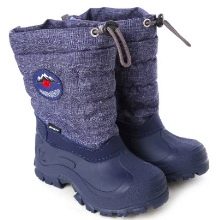
In 4th place, waterproof shoes Crocsdesigned for snow puddles and warm winter weather, off-season. Such snow boots have a waterproof top, a three-layer insole, and a light insulation like a holofiber. Shoes can be worn to a maximum of -5 degrees.

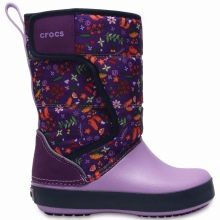
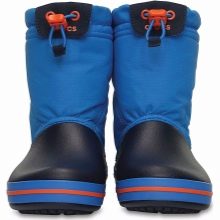
In the last place, their options for waterproof dutikov offer “Kotofey” and “Kapika”. In their assortment are models for the smallest toddlers, with natural insulation for greater warmth. But such models are not suitable for those who sit in a stroller or sled for the whole walk.
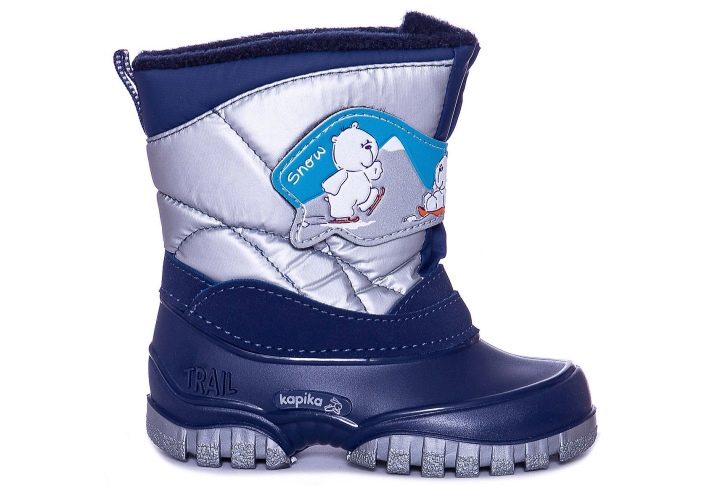
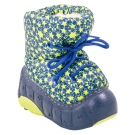
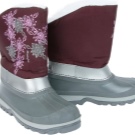

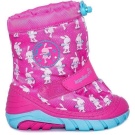
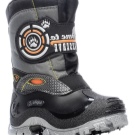
How to choose?
When choosing snow boots as the main winter shoe, pay attention to the insulation and inner lining - it should be combined, from a membrane and natural wool. It is better if, instead of galoshes from EVA, the boots will be completely from a waterproof membrane with a thick sole. Demi-season dutiks should have a galoshe made of EVA material, a three-layer insole, a wool insulation and a waterproof top material. Choosing such a model, pay attention to the quality of the seams. Galoshes should not have traces of glue and uneven edges.
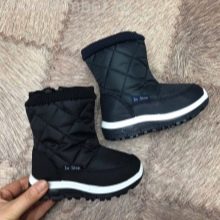
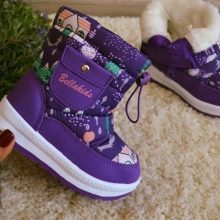
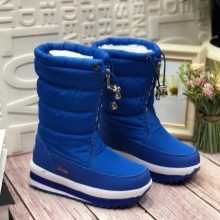
Snowboats can be everyday, urban or special, intended, for example, for hunters. These boots are durable, with a high top, very warm and outwardly rude. You can’t wear them in the city for a walk - design and materials give out their special purpose. To choose such a model, you should contact the sports and tourist shop. Hunting snowboots should be high, waterproof, with modern artificial insulation (for ease).
Clasps are combined, laces and zipper, and preferably velcro so that the zipper does not open at the most inopportune moment.

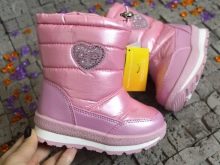
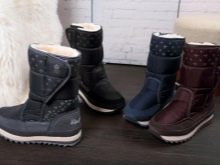
The usual everyday snowboots for the city are loved by children and adolescents for their lightness, warmth and waterproofness. Choose shoes that are 0.5-1 cm larger in size so that you can wear a warm toe and feel comfortable. In this case, the leg will not freeze.
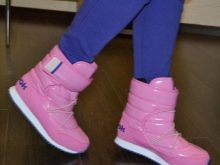
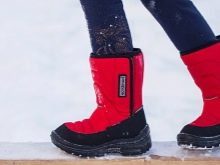
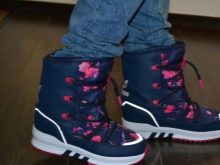
If we are talking about small children, then they are better off choosing shoes with a light fastener - wide, durable Velcro so that the child can take off and put on his boots. The stock should also be good - about 1 cm insole. So you can create air exchange in shoes and, if necessary, put on a warmer and thicker sock. It should be remembered that snowboots are shoes for active, running children. If the child does not yet walk or is not very active on the street, then it is better to give preference to warmer shoes, for example, felt boots or ugg boots.
Below is a video overview of snowboats for children.










